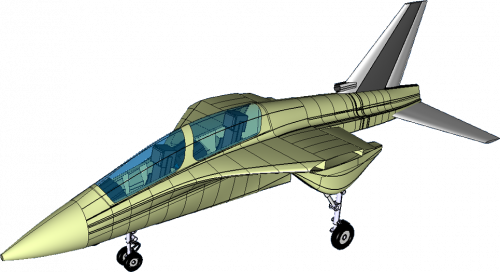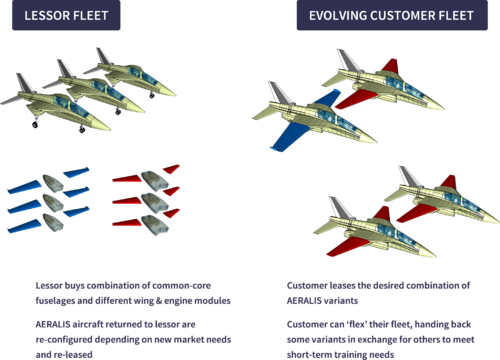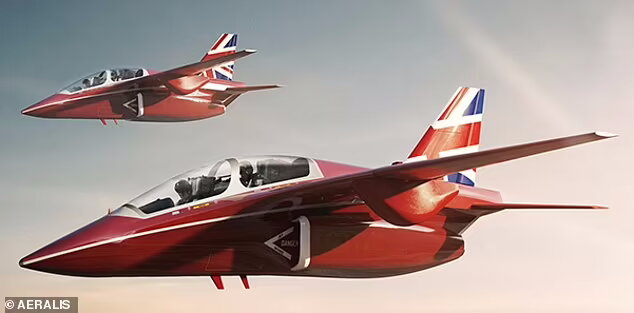- Joined
- 6 September 2006
- Messages
- 4,620
- Reaction score
- 8,609
A British start-up company, Aeralis, is trying to secure £1 mil via crowdfunding to design a concept fuselage demonstrator for a “modular” family of military jet trainers in time for September’s DSEI defence show. They are billing this as the first all-British military aircraft since the Hawk.
If they can raise another £30 mil they want to fly a prototype by 2021 and hope to start production by the mid-2020s with a factory at the former RAF St Athan and Bombardier’s Belfast plant supplying the wings and engine pod and Thales UK the avionics. Formula 1 design house Williams Engineering would be contracted to manufacture the composite fuselage.
The Aeralis concept is a modular design allowing one airframe to serve the basic and advanced trainer roles. The main changes for the advanced role would be an upgraded cockpit, swept outer wings and the single turbofan (possibly the Williams International FJ44) would be replaced by two FJ44s via a common 'pod' mounting.
Bombardier and Thales have offered support but no funding.
https://www.flightglobal.com/news/articles/aeralis-launches-funding-effort-for-modular-milita-452629/
If they can raise another £30 mil they want to fly a prototype by 2021 and hope to start production by the mid-2020s with a factory at the former RAF St Athan and Bombardier’s Belfast plant supplying the wings and engine pod and Thales UK the avionics. Formula 1 design house Williams Engineering would be contracted to manufacture the composite fuselage.
The Aeralis concept is a modular design allowing one airframe to serve the basic and advanced trainer roles. The main changes for the advanced role would be an upgraded cockpit, swept outer wings and the single turbofan (possibly the Williams International FJ44) would be replaced by two FJ44s via a common 'pod' mounting.
Bombardier and Thales have offered support but no funding.
https://www.flightglobal.com/news/articles/aeralis-launches-funding-effort-for-modular-milita-452629/











